Egyptian theatre, ancient history and endless
creativity
"Theatre is a mirror, a sharp reflection of society.
"The greatest playwrights are moralists" and " In the
theatre, the actor is given immediate feedback" that is how famous
playwrights described theatre art.
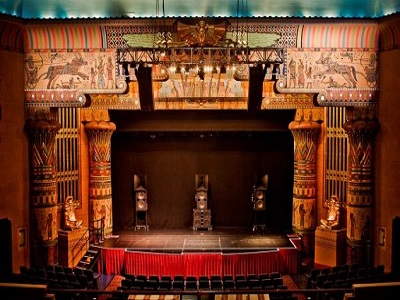
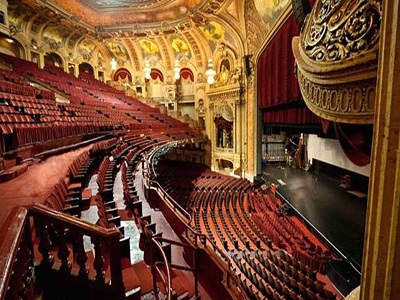
Theatre generally is known by its special nature that purely depends on
the actors' creativity, wit, concentration and spontaneity all together. If the
actor missed one of these skills, the whole work could fail. The theatrical
work also needs a strong script, creative director, inspiring decoration, and
suitable lightening to highlight the actors' performance and costumes.
12 Pharaonic plays marks the Egyptian Theatre
As for the beginnings of theatre art, it is said that theatre art
emerged in Ancient Greece. However, recent studies revealed that Ancient
Egyptians were the first civilization to ever perform shows publicly according
to the discovered documents. The documents were 12 scripted plays dating from middle
ages until the Persian era in Egypt. The scripts were mostly inspired by the Pharaonic
Mythology. Moreover, they were characterized by its diversity in texts, as they
dealt with story-telling dramatic performances in addition to religious rituals
ceremonies and moral lessons.
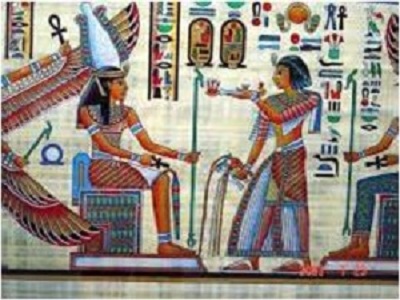
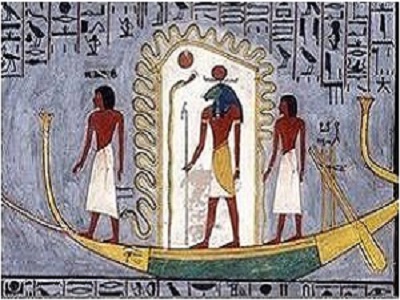
Some performances were on the streets. Meanwhile, religious plays were
often performed in temples. Most of these plays were in prose, but only three
of them were in verse. Some examples of theses scripts are "Isis and the
seven scorpions" and " the triumph of Horus". All the texts
included instructions for the actors and actresses on how to act on the stage.
Egypt's palaces, home to Ancient Greek theatre
performances
Ancient Greek theatre emerged in Egypt, particularly in Alexandria
during the Greco-Roman period in Egypt. The plays were usually performed at
Ptolemaic princes' palaces until Roman-style theatres started to be built in
Egypt like the Roman Theatre. The Roman Theatre was discovered in 1964 in
Alexandria city, and it is considered one of the most famous monuments in
Egypt. At that time, theatres were usually the venue for art and musical
performances.
Mamluk Egypt and shadow play art
It is widely known that Egypt has encountered many civilizations
influenced and enriched its culture. One
of which is the art of shadow play that became popular in Egypt during the
Mamluk era. Shadow play art appeared in the Caucasus countries, and it is a
unique type of theatrical entertainment performed with puppets. Shadow plays'
performances generally introduce short stories that include music and verses of
poetry.
Street performances throughout Cairo
During the French Campaign in Egypt, Napoleon Bonaparte established a
theatre for entertaining his soldiers, and it mostly introduced comedian plays
in French. Then after the French campaign left Egypt, the theatre activities
stopped. Then in 1869, Khedive Ismail built khedivial Opera House in Attaba
Square. On the inauguration day, the
Opera House presented the Famous "Rigoletto Opera" performance on the
occasion of Suez Canal inauguration. A few years later, the Egyptian opera
"Aida" performance was presented to the audience who didn't accept
this new kind of art. In the late 19th century, theatre art started to be
popular among Egyptians. As Egyptians became familiar with theatre art, another
form of storytelling performances called public theatre started to spread
throughout Cairo's streets. This kind of art involved a group of performers,
who wandered the streets aiming at amusing the public.
Opera Art and George Abyad masterpieces
In the earliest of the 20th century, famous Lebanese artist George Abyad
took responsibility to establish Drama theatre, but he ended up with musical
theatre. Moreover, many famous singers
and artists took part in his plays, such as Salma Higazy and Sayed Darwish.
Another prominent artist who also joined theatre was Youssef Wahbi, and he had
a great role in dramatic theatre through his successful works. On the other hand, Egyptian actors like Nagib
El-Rihany and Ali El-Kassar introduced Egyptian comedian shows that encouraged
Egyptians to call for an Egyptian national theatre.
The National Theatre… a new spirit in theatre
In 1928, the famous writer Tawfiq El-Hakim and poet Ahmed Shawqi
contributed to the theatre's evolution in Egypt through their creative
works. But for a while, most of the
Egyptian theatre pioneers showed more interest in the movie business. However,
theatre art has proven its popularity through its special element involving the
direct interaction between the actors and audience, especially after
establishing the Higher Institute of theatre art in 1944. It helped to produce
a new generation of theatre's students who took responsibility to change the
society's perspective of theatre. Finally, in 1952 the State started to pay
attention to the theatre by establishing the first Egyptian National Theatre
leading to a major development in theatre and all its elements. In the nineties, Egypt witnessed a rise in
comedy theatre producing many plays engraved on Egyptians' memory like
"Sayedati Al Gamela" and " sok Ala Banatk" by Fouad
el-Mohandes, " Al Motzawgon "
by Mohamed Sobhi and many others.
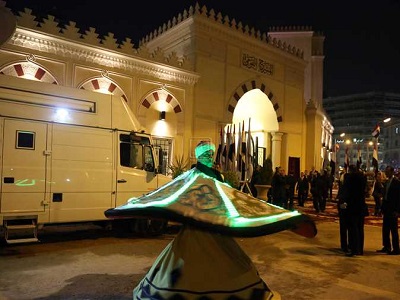
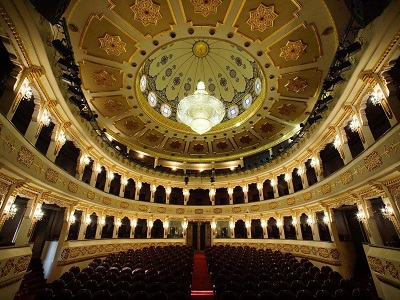
Last Update: 2024


